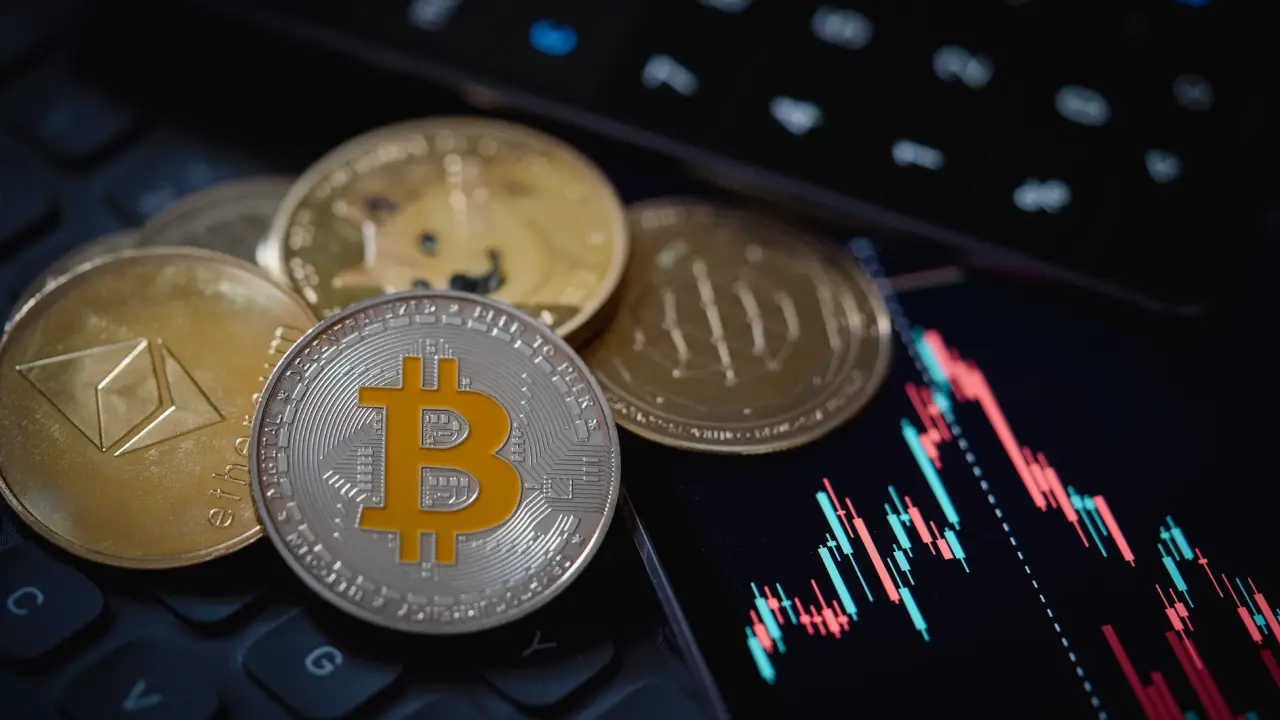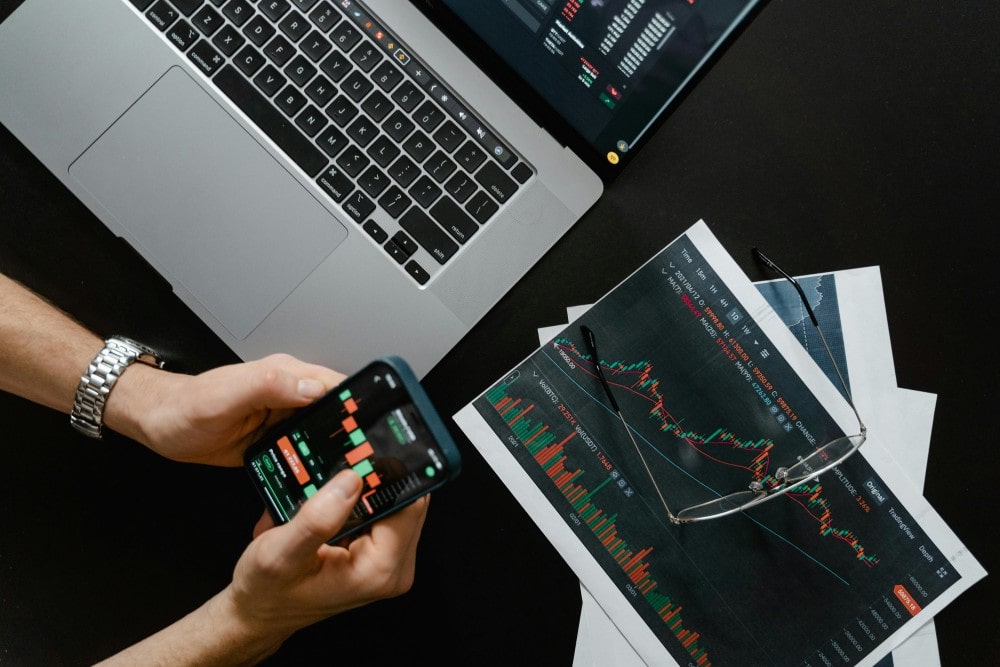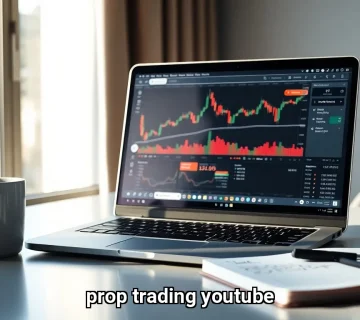In recent years, the prop trading sector has captured increasing attention from both aspiring traders and financial professionals seeking new avenues beyond traditional investment methods. This surge of interest reflects a broader shift towards innovative trading models that provide access to significant capital and advanced tools without requiring personal financial risk. As the prop trading industry rapidly expands, it offers unique opportunities to engage with diverse asset classes like Forex, futures, and cryptocurrencies through sophisticated platforms designed for agility and precision.
Exploring the prop trading field reveals a dynamic landscape shaped by technological advancements, evolving risk management strategies, and a growing global community of traders. Whether you’re curious about how prop firms operate, eager to understand the challenges they face, or interested in the latest innovations driving this sector forward, gaining insights into proprietary trading can open doors to new possibilities in the financial markets. The industry’s blend of cutting-edge technology and educational support systems highlights its commitment to empowering traders at all levels within the prop trading industry.
Delving into the proprietary trading space uncovers not only the mechanisms behind its recent growth but also the future potential it holds. For those seeking to learn more about this exciting sector, understanding its current trends, regional dynamics, and emerging technologies is essential to navigating the evolving prop trading environment successfully.
Current Market Landscape and Growth Trajectory
The prop trading industry has undergone explosive growth in recent years, fueled by heightened interest in proprietary trading as a viable alternative to traditional retail investing. Global search trends reveal a staggering increase in interest—over 600% growth in searches related to prop firms from 2020 to 2024, signaling an expanding trader base and growing market awareness. Valued at approximately $20 billion in 2025, the industry is expected to continue expanding rapidly, supported by more than 2,000 firms worldwide, with the United States dominating the market by hosting about 62% of these firms.
The driving force behind this surge includes rising demand for digital platforms that democratize access to professional trading capital, as well as the desire among traders to leverage funded accounts rather than risking personal capital. Forex remains the most popular asset class in prop trading, with search interest growing by 863% over four years, followed closely by futures and cryptocurrencies, which have seen even more dramatic percentage increases in interest. These trends reflect the prop trading industry‘s adaptability to diverse market preferences and asset classes.

Key Features Defining Modern Prop Trading Firms
Modern prop trading firms within the prop trading industry are defined by features that empower traders to maximize performance while managing risks effectively. These firms offer access to substantial capital, enabling traders to engage in prop trading without personal financial exposure. Robust risk management frameworks, including daily loss limits and maximum drawdown thresholds, protect firm capital while supporting diverse strategies like arbitrage, momentum trading, and market making.
Advanced technology is a cornerstone of the prop trading industry. Firms like Propx Pro leverage MetaTrader 5 (MT5) platforms, providing instant execution, real-time data feeds, and analytical tools for trading forex, cryptocurrencies, stocks, commodities, and indices. Propx Pro’s swap-free accounts reduce costs for overnight positions, while leverage up to 1:100 amplifies potential returns, aligning with industry standards for competitive prop trading environments.
Education and community support are integral to trader success. Leading prop trading firms offer webinars, live coaching, and Discord communities for strategy sharing. Propx Pro provides tailored coaching and access to a global trader network, fostering collaboration and skill development. Demo accounts allow traders to practice strategies risk-free before managing live funds, ensuring readiness for the demands of prop trading.
Transparency sets reputable firms apart in the prop trading industry. Propx Pro communicates clear profit targets (e.g., 8-10% in evaluations) and drawdown rules (e.g., 5% daily, 10% maximum) upfront, enabling traders to align strategies with firm expectations. These features create a structured yet flexible environment for traders to thrive in prop trading.
Regional Dynamics and Market Segmentation
Geographically, the prop trading industry exhibits distinct regional characteristics. North America, led by the United States, benefits from a mature financial infrastructure and high technology adoption rates, contributing to its dominant market share. Regulatory frameworks in this region, while stringent, have spurred innovation in compliance and risk management, enhancing the credibility of prop firms.
Europe’s prop trading scene is anchored by financial hubs such as London and Frankfurt, where a strong history in Forex and derivatives trading provides fertile ground for prop trading growth. The UK’s market, in particular, has seen a significant rise in prop trading interest, driven by a mix of institutional expertise and retail trader enthusiasm.
Asia’s rapid economic growth and expanding middle class have catalyzed a surge in prop trading participation. The region’s increasing number of active traders, combined with technological advancements and improved internet connectivity, has made Asia one of the fastest-growing markets for prop trading firms. These regional insights emphasize the global reach of the prop trading industry and its capacity to adapt to diverse economic environments.

Challenges Impacting the Prop Trading Industry
Despite its impressive growth, the prop trading industry faces several challenges that influence its trajectory. Regulatory complexity remains a significant hurdle, as prop firms must navigate varying legal frameworks across jurisdictions, often leading to operational constraints and increased compliance costs. Stringent rules designed to protect investors can sometimes slow innovation and limit the ability of firms to operate seamlessly on a global scale.
Another challenge is the high attrition rate among traders. Statistics indicate that only about 7% of prop traders achieve payout milestones, and many firms report that nearly 60% of their clients lose their trading capital. This reality underscores the importance of rigorous risk management and education within the prop trading model. It also highlights the need for firms to offer robust support systems, including mentorship and performance analytics, to help traders improve and succeed.
Market volatility and global economic instability add layers of risk that traders and firms must manage carefully. Currency fluctuations, geopolitical tensions, and unexpected macroeconomic events can create unpredictable trading environments. Prop firms must balance the opportunity for profit with the necessity of protecting firm capital, which often requires sophisticated hedging strategies and liquidity management.
Innovations and Technological Advancements
Technology drives the evolution of the prop trading industry, enhancing efficiency, execution, and risk management. Prop trading firms increasingly adopt artificial intelligence (AI) and machine learning to analyze market trends, automate strategy testing, and optimize trades. These tools provide a competitive edge, enabling faster decision-making and precise risk assessments in prop trading.
Propx Pro exemplifies technological integration by offering a web-based MT5 platform with real-time analytics and automated risk controls. Traders access diverse assets—forex, cryptocurrencies, commodities, and indices—with leverage up to 1:100, supported by dedicated servers for seamless execution. Instant funding options allow experienced traders to bypass evaluations, accelerating access to capital in the prop trading industry.
Liquidity management is critical for prop trading firms. Direct connections to Tier-1 liquidity providers ensure tight spreads and minimal slippage, vital for high-frequency trading. Propx Pro’s infrastructure supports low-latency execution, aligning with industry trends toward scalable, reliable platforms. Risk management tools, like real-time drawdown monitoring, protect firm capital while empowering traders to manage positions proactively in prop trading.
The prop trading industry also benefits from community-driven platforms. Propx Pro’s Discord integration fosters collaboration, allowing traders to share insights and refine strategies. These advancements—AI, liquidity access, and community tools—position prop trading firms to meet the demands of a growing global trader base, driving innovation in prop trading.

Future Outlook and Industry Potential
The prop trading industry is set for continued growth, with the global market projected to expand from $6.4 billion in 2025 to $14.5 billion by 2033 at a CAGR of 10.9%. Rising demand for accessible trading opportunities, especially among younger traders, fuels this expansion. Prop trading firms that integrate AI-powered analytics, robust risk management, and comprehensive education will lead the prop trading industry forward.
Propx Pro reflects these trends, offering one-step and two-step challenges with clear profit targets (8-10%) and no time limits, alongside instant funding for experienced traders. Profit splits up to 90% and payouts every 10 business days incentivize performance, while MT5’s multi-asset access supports diverse strategies, aligning with the prop trading industry’s focus on flexibility.
Evolving regulations may challenge prop trading firms, but they also encourage transparency and innovation. Firms adopting RegTech solutions for compliance will strengthen their credibility, attracting more traders to prop trading. The integration of AI and blockchain technologies could further enhance market analytics and trading efficiency, creating new opportunities in the prop trading industry.
Propx Pro’s model—combining instant funding, swap-free accounts, and a supportive community—positions it as a key player in the prop trading future. By prioritizing trader empowerment and technological integration, prop trading firms will continue to reshape financial markets, offering scalable opportunities for traders worldwide in the dynamic prop trading industry.
Embracing the Future of Proprietary Trading: Opportunities and Innovations Ahead
The proprietary trading sector stands at a transformative crossroads, fueled by technological innovation, expanding global participation, and evolving market demands. As prop firms continue to refine risk management practices, integrate cutting-edge AI tools, and foster educational ecosystems, they empower traders to engage more confidently and strategically across diverse asset classes. Despite regulatory complexities and the inherent challenges of trading performance, the industry’s commitment to transparency and support systems signals a maturing landscape that balances opportunity with responsibility.
Looking forward, the convergence of advanced analytics, multi-asset access, and innovative profit-sharing models will redefine how traders interact with capital and markets. Platforms like Propx Pro exemplify this progression, offering adaptable challenges and competitive incentives that align trader success with firm growth. This synergy not only democratizes access to professional trading but also propels the sector toward sustained expansion and resilience.
In essence, proprietary trading is reshaping the financial horizon—inviting both novice and seasoned traders to harness sophisticated tools and collaborative environments. By embracing the dynamic trends and technological advancements shaping this space, market participants are well-positioned to capitalize on its promising potential and contribute to a vibrant, forward-looking trading ecosystem within the prop trading industry.




No comment